R?DE NT-USB Mini (Hands-on) Review: Best USB Microphone for Acoustic Recordings
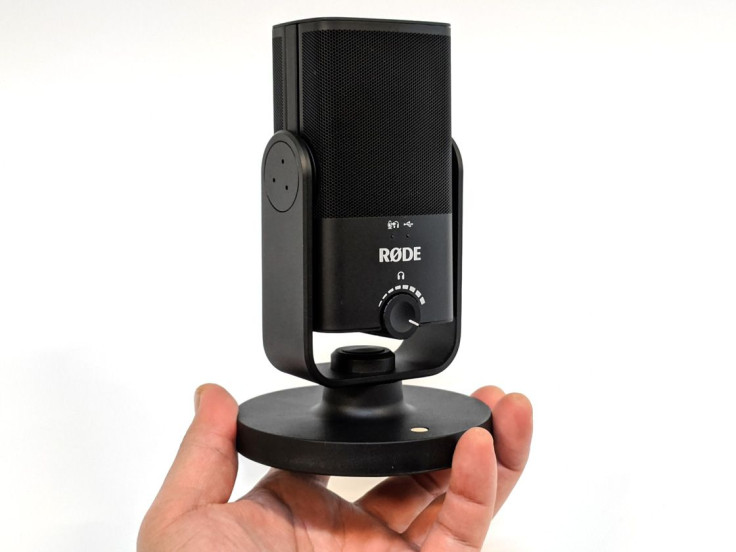
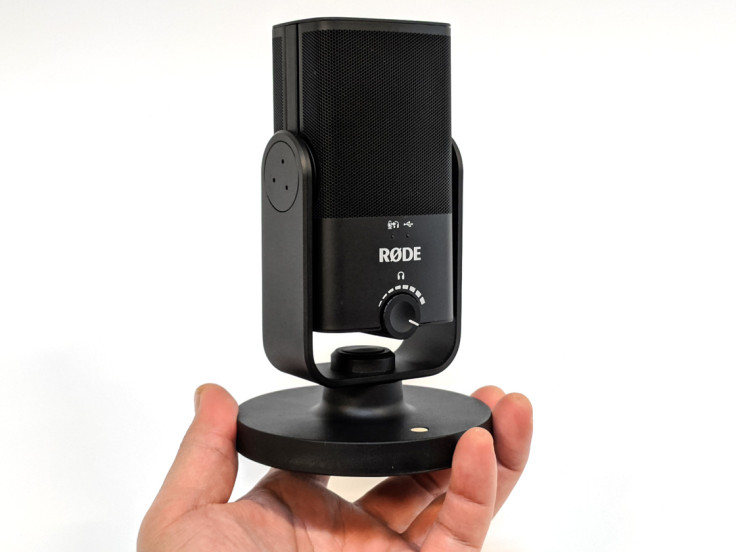
Who is the R?DE NT-USB Mini for?
- For those who are after a natural sound signature in their sound recording, the R?DE NT-USB Mini has a warmer, less harsh sound signature compared with other market leading USB condenser microphones
- If you are after a portable USB condenser microphone without compromising the full-sized sound, the NT-USB Mini's small stature is compact as well as being easy to collapse thanks to its magnetic stand design
- The swing mount allows for perfect mic placement even when using a mic stand, while other USB microphones require either a separate ring-mount or lose the ability to angle the microphone

The year 2020 will forever be remembered as a year of transition, where so many business models and workflows were forced to change. This change also forced professionals to revise the gear they need to bring excellence to their game. Especially in a climate where digital contents and communication is on a rapid increase, content creation equipment has taken on a new level of importance.
When choosing content recording gear, with mobile devices being as good as they are these days, you really want a decent step up from what your iPhone or Android can do. Out of the various other factors like lighting and camera set up, the quality of the sound is one of the cheapest and most effective ways to step up any production, be it audio based like a podcast or music recording, or even videos and video conferencing.
I've been testing various market leading USB microphones, which are relatively cheap as far as professional microphones go, but make an enormous amount of difference. Today we're looking at the R?DE NT-USB Mini, and my take on why these could be your next mics.
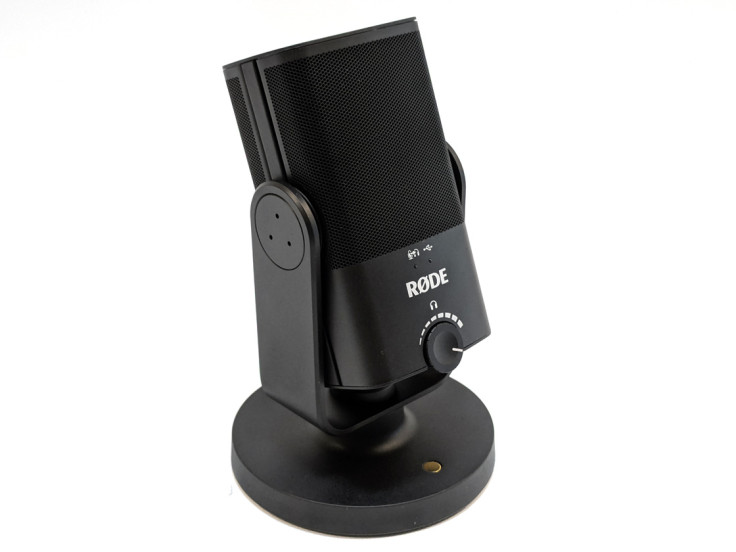
Minimalist professional aesthetics
The R?DE NT-USB Mini has a minimalistic geometrical profile, which would easily fit into any professional or home set up while effortlessly looking good. The all-black color scheme adds to the understated aesthetics, highlighted only by the white R?DE logo and the gold spot on the stand. The light works is also kept to a minimal, with only two LEDs indicating USB connectivity as well as live monitoring status.
The simple construction translates to durability, with an overall flat profile, it eliminates any possibility of its volume knobs being accidentally hit or damaged. The main casing of the microphone is made of tough looking nylon, while the swing mount is a very substantial black steel bracket that also acts as protection against accidental bumps and maybe even drops. The whole package is actually surprisingly hefty for its size, which again adds to the robust feeling of the overall device.

Fast mounting magnetic stand and swing mount combo
A unique design of the R?DE NT-USB Mini is its circular stand, which attaches to the swing mount via a strong magnet in the base. The hold is firm enough that the microphone would never topple when the stand is attached, but the microphone can also be detached immediately to be mounted onto any standard 5/8" microphone stand. This design allows for very rapid adaptability to various setups and was a major reason why I often reached for the NT-USB Mini over other USB microphones, especially when the situation was unexpected and called for rapid set up.

When taken off the circular base, the NT-USB Mini retains the swing mount - one of the few microphones that does so. This allows the microphone to orient itself in any angle while not having a precarious top-heavy center of gravity, which is what you end up with when using ring-mounts. This flexibility lets the user to always set up the best sound pickup angle.
The speed at which you can collapse this microphone together with it's smaller stature also makes it an easy choice to pack for a remote project. All that's needed is a standard USB 5V output from a laptop, and your condenser microphone is good to go.
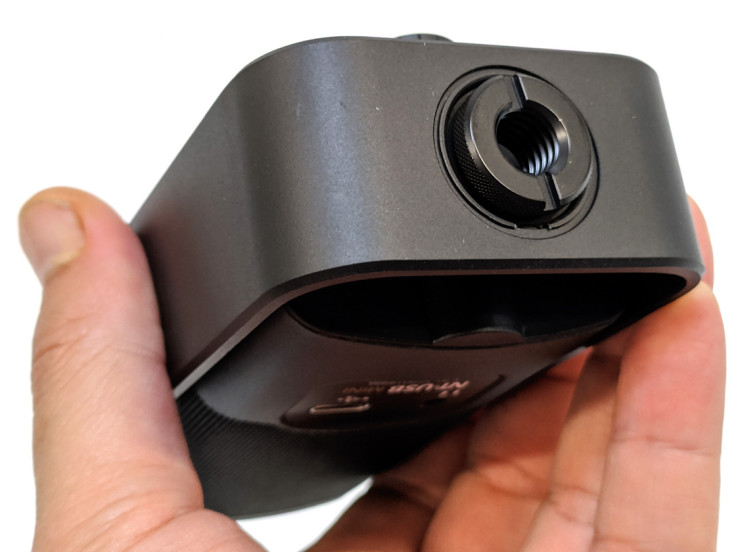
Outstanding natural sound signature
Most USB condenser microphones that I've had an opportunity to test have a digital 'sharpness' to their sound signature, and the crisp and precision sound is fine for most applications. But when recording with the NT-USB Mini I noticed a more natural timbre compared to other microphones in the same segment. This means for those who are pursuing a nuanced natural sound in recording vocals, wind or string instruments, the NT-USB Mini will yield the warmer, organic tone.
It should be noted that this R?DE microphone does not accommodate switching between polar patterns like other competing USB microphones that I've tested, and has a fixed cardioid shaped pattern. On the other hand, this also makes the NT-USB Mini specialize in picking up the sound from a single source with great focus, eliminating surrounding sounds like echos and environment noises. If you're mainly recording podcasts, commentaries or single instruments, you won't need other polar patterns anyway. Throughout my testing process, I did not face any situation where the single polar pattern was a problem, and I suspect that would be the case for most users.
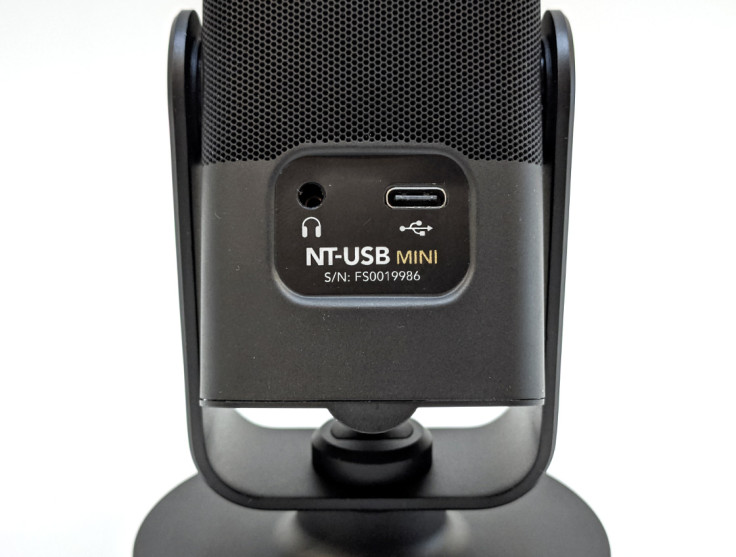
Final Remarks
If you're looking for a significant step up from the built-in microphones of your laptop or phone, the R?DE NT-USB Mini will give you a studio quality sound recording every time. With only a single USB-C connection, you get a focused, clean and natural sound input that can be used for your contents or video calls - all in a package that's only half the size of competing USB condenser microphones.
David is a tech enthusiast/writer who is often on the move, but since the lock-down is on a mission to explore gadgets to improve his 'home work'. This is a contribution to an ongoing IBTimes review series on gadgets for Home Productivity.
© Copyright IBTimes 2024. All rights reserved.





















